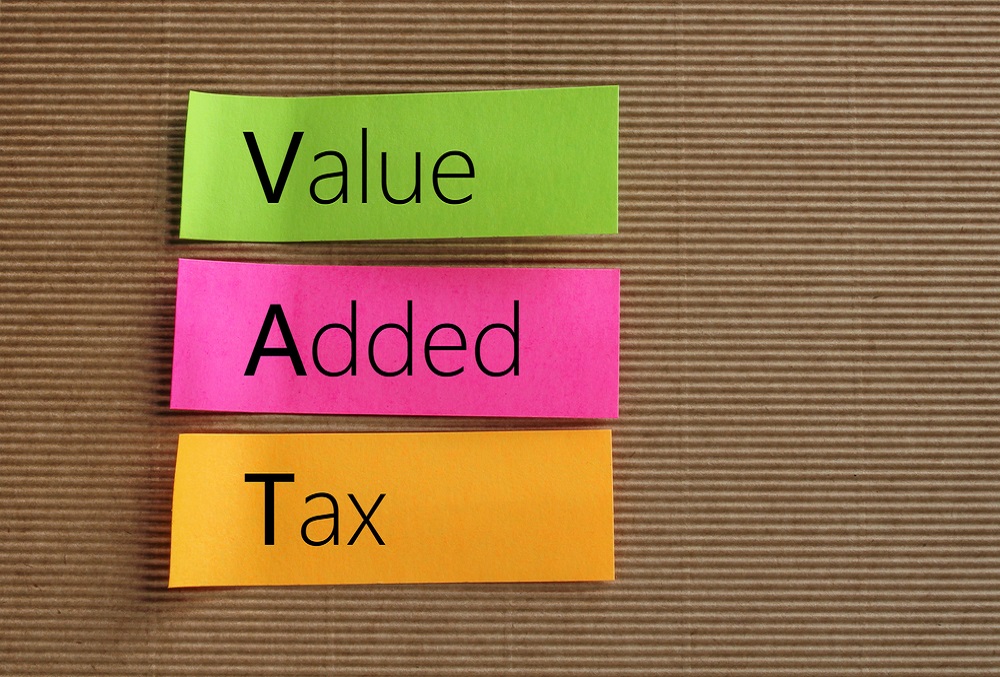News
VAT Invoicing

With Halloween just around the corner, the most frightening thought to small businesses and sole traders is the upcoming VAT return. VAT invoices, rates and credits – it’s the stuff of a true nightmare realm.
So what exactly is VAT? What needs to be included in a valid VAT invoice? And what is the difference between zero-rated and VAT exempt?
Value Added Tax (VAT)
Value Added Tax (VAT) is a European tax on consumer spending. You are required register for VAT if you have sales of goods exceeding €75,000 or sales of services of €37,500.
The rates of VAT applicable in Ireland are:
| Rate | Example |
| Zero-Rated | Exports, children’s clothing and footwear and certain food and drinks |
| 4.8% | Supply of livestock. |
| 9% | Restaurants and catering, and certain tourism supplies. |
| 13.5% | Cleaning, maintenance and certain fuels. |
| 23% | Standard rate which applies to any taxable supply not covered by an above rate. |
It could be said that Revenue employs business owners and sole traders like unpaid tax-collectors through the use of VAT returns. Depending on your circumstances Revenue may require you to make bi-monthly, tri-annual, bi-annual or annual VAT returns.
The idea behind VAT is that only the final customer actually pays it. To enable this suppliers receive input and output VAT credits. Suppliers must declare the amount of VAT they collected on sales (output credit) on their VAT return, however if they have paid VAT on business related purchases they are entitled to claim an input credit for that amount. The net effect of this means they will either have:
- VAT Payment – The amount of VAT you collected on sales is greater than the amount of VAT spent on business related purchases.
- VAT Refund – The amount of VAT you collected on sales is less than the amount of VAT spent on business related purchases.
VAT Invoices
Issuing incorrect VAT invoices can be a costly error, legislation provides for fines of €4,000 payable per incorrect invoice. The following information must be shown on a VAT invoice for it to be deemed valid:
- The date of issue of the invoice;
- A sequential number that uniquely identifies the invoices;
- The supplier’s full name, address and VAT registration number; and
- The purchaser’s full name and address.
In the case of a “reverse charge” supply of goods or services to a VAT registered customer in another EU Member State the following information is also required:
- The customer’s VAT number;
- An indication that the “reverse charge” applies;
- The quantity/volume of goods;
- The date the goods or services were supplied;
- The unit price exclusive of VAT (including any discounts or price reductions);
- A description of the goods or services;
- The consideration exclusive or VAT;
- The rate(s) of VAT; and
- The amount of VAT (at each rate if more than one applies).
Zero-Rated versus VAT Exempt
While it is a common mistake to think that zero-rated and VAT exempt are one-in-the-same, there is one significant difference, which has seen many individuals incorrectly over-claiming VAT credits.
Zero-rated VAT means that a supplier is required to charge VAT on sales at 0%. Therefore because the supplier is charging VAT on sales they are entitled to claim VAT on their purchases, even though they do not generate any actually VAT on sales.
VAT exempt on the other hand means the supplier is not required to charge VAT at any rate on sales, and thus is not eligible to reclaim the VAT on their purchases.
Ensuring that you and your company are VAT compliant can alleviate the fear of filing VAT returns. So this Halloween don’t let the thought of VAT send shivers down your spine. If you need any help or advice in relation to your VAT return please don’t hesitate to contact a member of our team, here, who will be happy to help.
Images: Shutterstock
